Seasonal Update
Most of southern Australia and Western Australia are forecast to receive rain over the next week. Rain will be ideal for many to finish off crops. For those with hay on the ground
SE South Australia had light rain passed over late in the week with more forecast for the next seven days. Rain now would be ideal to finish the season off.
SW Western Australia received 20mm of rainfall seven days ago in the Lakes area. More light rain is forecast over the weekend. Weather turned warm and dry in the Lakes region which encouraged growers to start cutting.
No significant rain to report this week in Goulburn and Murray Valley. 15-20mm of rain is forecast for the area over the next seven days.
In a boon for Australian growers, competing supplies of timothy and alfalfa hay in the Pacific North West of the US have been damaged by 50 to 130mm of rain during May and June.
Figure 1: Last Weeks Rainfall
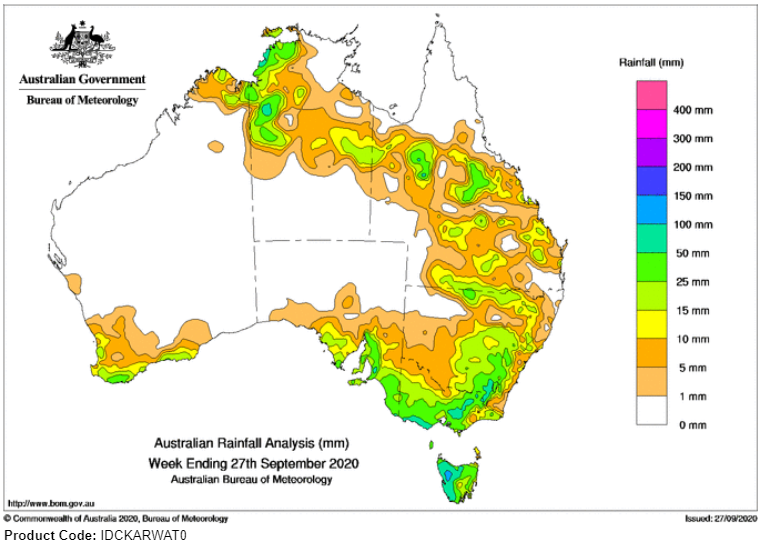
Figure 2: BoM 8-Day Rainfall Forecast
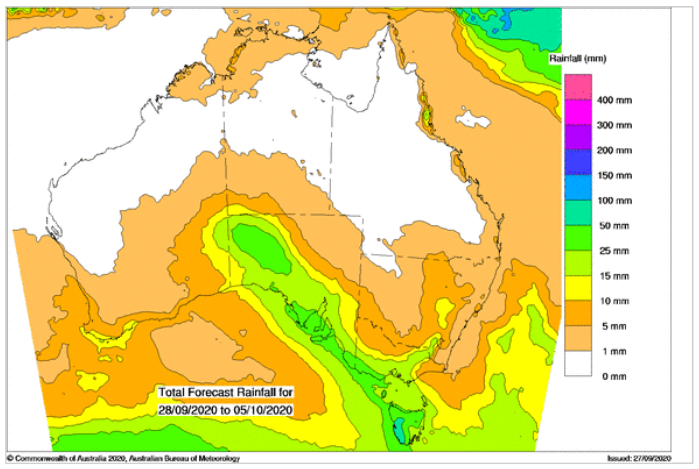
Figure 3: BOM-Australian Landscape Water Balance
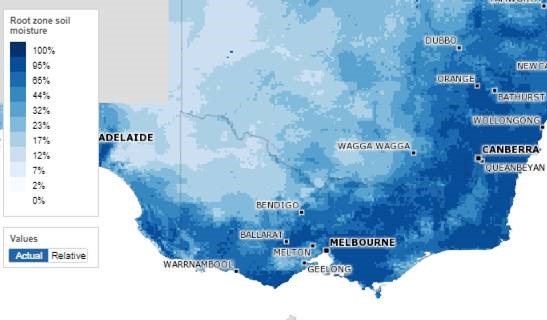
Figure 4: Precipitation Outlook
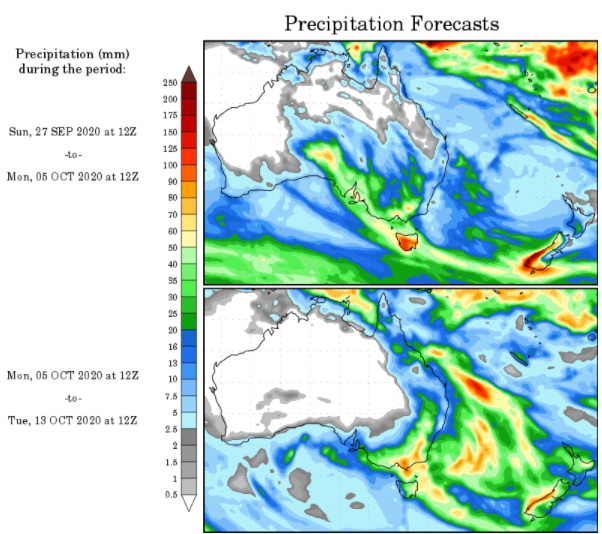
Trading and Marketing
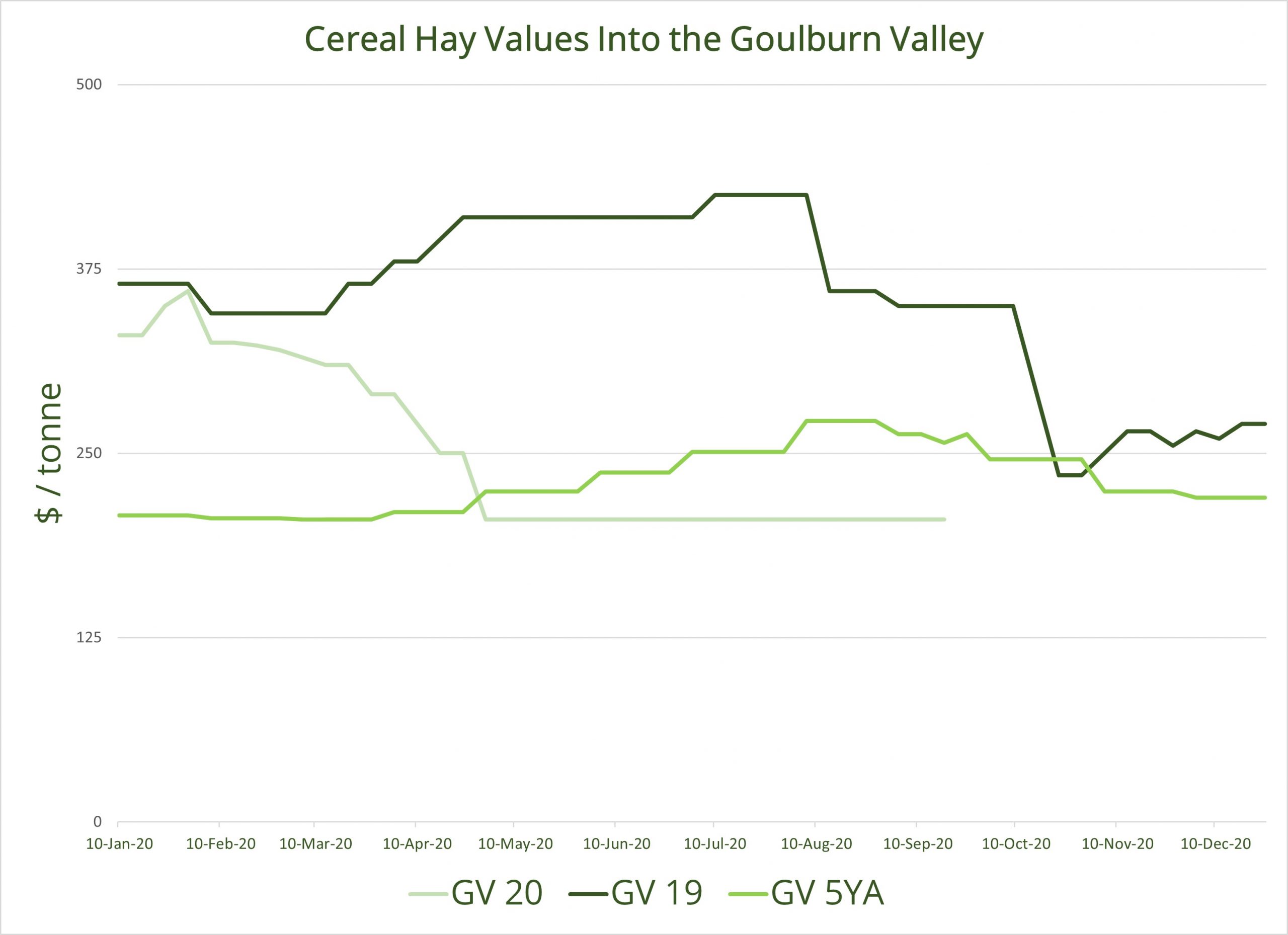
Victoria
Crops in the area are doing well with the warmer weather.
Precautionary fungicides have been used to safeguard quality following the wet conditions in July and August.
Advanced crops are being made into silage. There are still three to four weeks until crops will be cut for hay.
Given remaining quantities of good quality vetch and cereal hay from last season, some cautious Victorian farmers are making renewed inquiries to hedge risk in the current season.We expect the 2020/21 season will be influenced more by export bids as the global market progressively strengthens.
All prices remain steady this week.
|
Change |
per t |
|
| Cereal hay |
+/- $0 |
$190-220 |
Steady |
| Lucerne hay |
+/- $0 |
$450-500 |
Steady |
| Straw |
+$10 |
$70-100 |
Steady |
| Pasture hay |
+/- $0 |
$250-330 |
Steady |
Western Australia
Yields will be done for the eastern part of the southwest and at this stage will struggle to make the top-quality grade for export.
Growers are wanting to make as much hay as possible while conditions are fine. Potential large rain forecast for October.
Margaret River area will be able to make silage now depending on conditions.No changes to pricing to report this week.
|
Change |
per t |
|
| Cereal hay |
+/- $0 |
$330-370 |
Steady |
| Lucerne hay |
+/- $0 |
$450-490 |
Steady |
| Straw |
+/- $0 |
$120-140 |
Steady |
| Pasture hay |
+/- $0 |
$200-220 |
Steady |
South Australia
Crops continue to do well. Demand remains very slow in southeast South Australia.Inquiry has started to grow for new season hay with buyers wanting to take advantage of the forecast favourable pricing.
Growers who traditionally produce 50% hay and 50% grain in Southern Australia are now considering pushing as much through to grain as possible. This is due to reports of a wetter than average spring.
No change to pricing this week.
|
Change |
per t |
|
| Cereal hay |
+/- $0 |
$220-250 |
Steady |
| Lucerne hay |
+/- $0 |
$330-350 |
Steady |
| Straw |
+/- $0 |
$100-120 |
Steady |
| Pasture hay |
+/- $0 |
$180-200 |
Steady |
Pictures of 19/20 Season Crops
Hay: Oaten Hay JC-2 (Oaten Hay P1)
Specifications: Feels hard, no weather spots or stains, fresh aroma, <1% Rye Grass, JC-1 colour (85% Green) and JC-1 stem size (<6mm), Water Soluble Carbohydrates 28.3%. Inspected 20/11/2019.
Location: Wal Wal, Victoria 3385
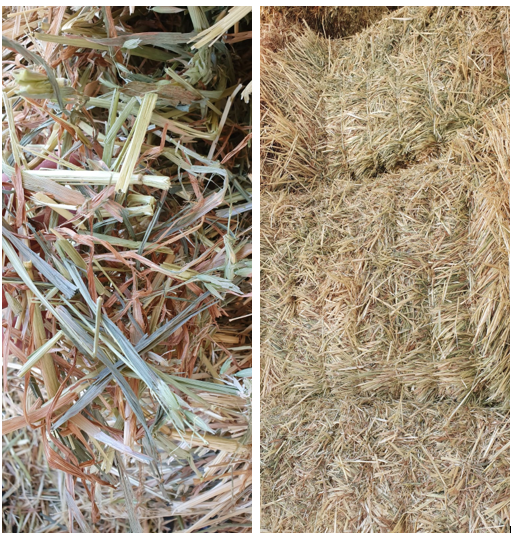
Pictures of 20/21 Season Crops
Hay: Oaten Hay: Brusher Variety
Specifications: Estimated yield of 5mt/ha, soil moisture is good, seeding date 15/3/2020, expected cutting date 14/09/2020, estimated baling date 22/09/2020, inspected 24/9/2020
Location: Murra Warra, Victoria 3401
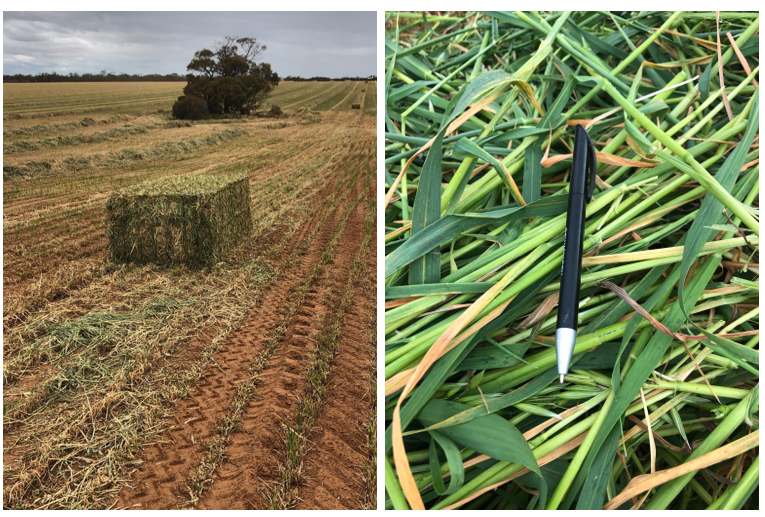
Sources: Bureau of Meteorology, Dairy Australia, WX Maps, Lachstock Research, Weekly Times, Grain Central, Mecardo Expert Market Analysis, AFIA (Australian Fodder Industry Association) & Feed Central.
By Katie Lindkvist, Wingara AG. |
|







